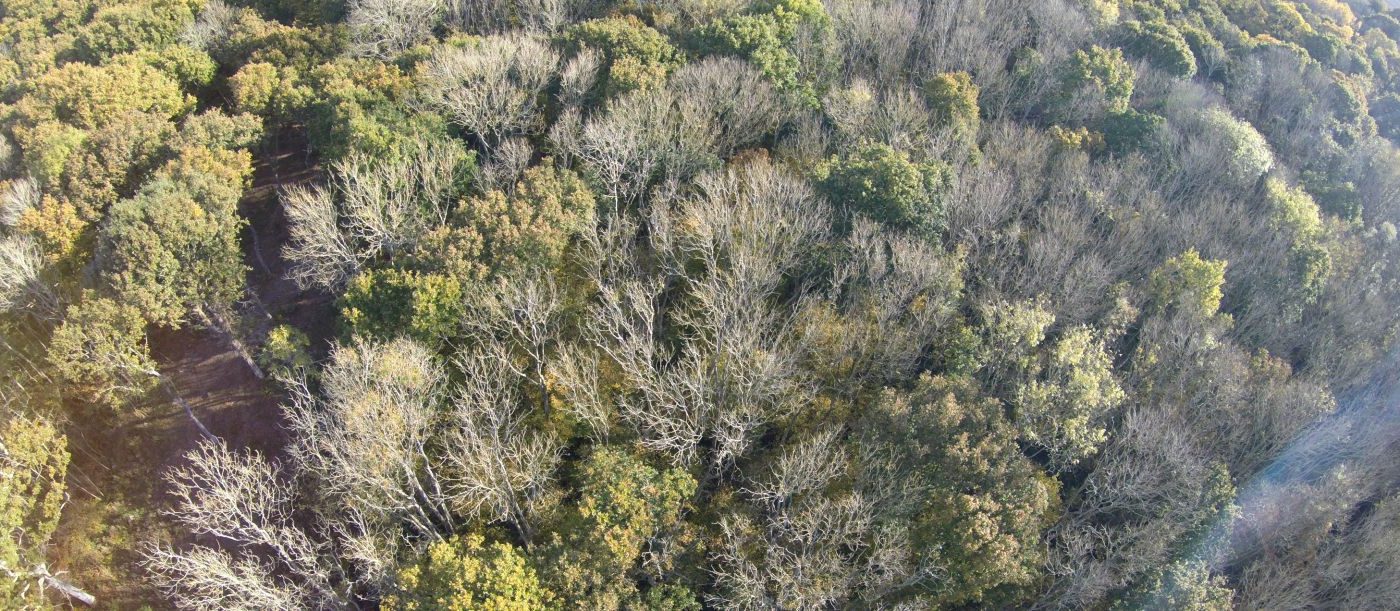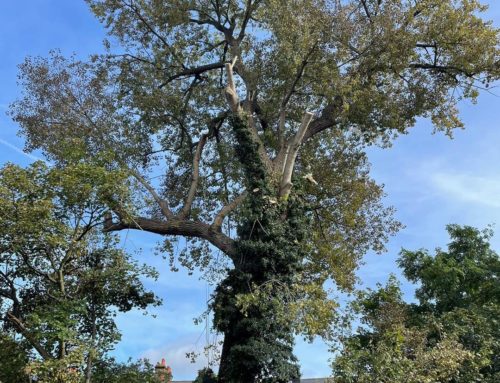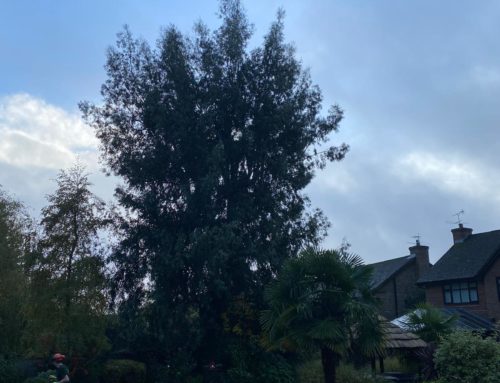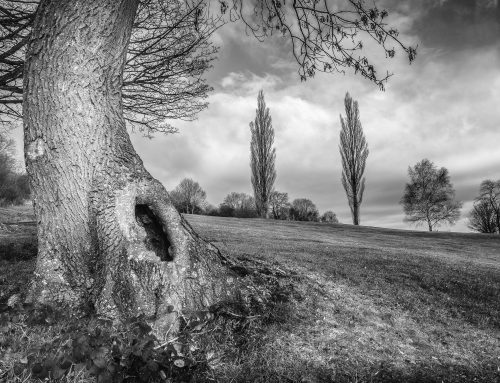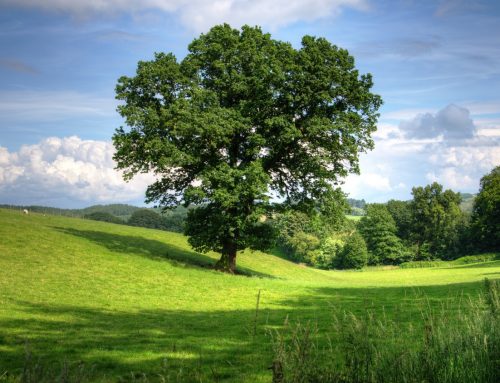Ash Dieback
Ash dieback or Chalara dieback of ash to give it its full name is a very serious disease that is killing ash across all of Europe. First described in Poland in 1992 the disease has since traveled across Europe. It was first identified in Britain in 2012 in nursery stock then in the wider environment in 2013 although it could have been in the country much longer. The number of confirmed findings is continuing to increase and the Forestry Commission produce data on its spread on a regular basis.
Ash is a very important tree in the UK both ecologically and culturally so this disease is causing great concern about the damage it will do.
Identification of the disease is usually made via visual confirmation but several of the symptoms of ash dieback are common to other tree pathogens and diseases, so final identification is best left to experts. Generally speaking, the summer is the best time to diagnose the disease as in autumn and winter the trees are shedding their leaves naturally – making it difficult to identify ash dieback disease.
Symptoms
- Dark lesions – often long, thin and diamond-shaped – appear on the trunk at the base of dead side shoots
- In late summer and early autumn (July to October), small white fruiting bodies can be found on blackened leaf stalks.
- The tips of shoots become black and shriveled
- Blackened, dead leaves – may look a bit like frost damage
- The veins and stalks of leaves, normally pale in colour, turn brown
- Saplings have dead tops and side shoots
- In mature trees, dieback of twigs and branches in the crown, often with bushy growth further down the branches where new shoots have been produced
Outlook:
As yet our industry doesn’t know what the full impact of ash dieback will be on the UK population of ash trees. Evidence suggests young trees are killed quickly while many mature ash trees can resist infection for some time until eventually dying or succumbing to attack from another pest or pathogen due to their weakened systems. There are currently no effective strategies for managing the disease, and most countries which have tried to control its spread have failed.
There are very few official figures available, but unfortunately, the disease has caused large-scale dieback of ash in Poland where it was first reported. The disease itself is airborne yet the fungus lives and grows on leaf litter on the forest floor which means the removal of trees in infected areas has little benefit. Experience in Poland would suggest that roughly 15% to 20% of ash trees there haven’t died and may well be immune – which may well be down to the broad genetic variation found in ash trees affecting their susceptibility.
Management in the UK
The disease was first identified in February 2012 and as a result, a ban was imposed on imports of ash from other European countries in October of that year. Unfortunately, this was too little and too late to stop the disease in its tracks. We’re very much hoping that our UK population of mature ash trees are found to be more immune than experts are predicting, however, it is currently estimated that between 90% and 99% of the 80 million ash trees in the UK will be killed by the disease. Which makes for very sobering reading.
At Longacre, we always monitor for the disease whenever we’re called in to look at an ash tree and we use The Forestry Commision guidance to report any possible cases.

